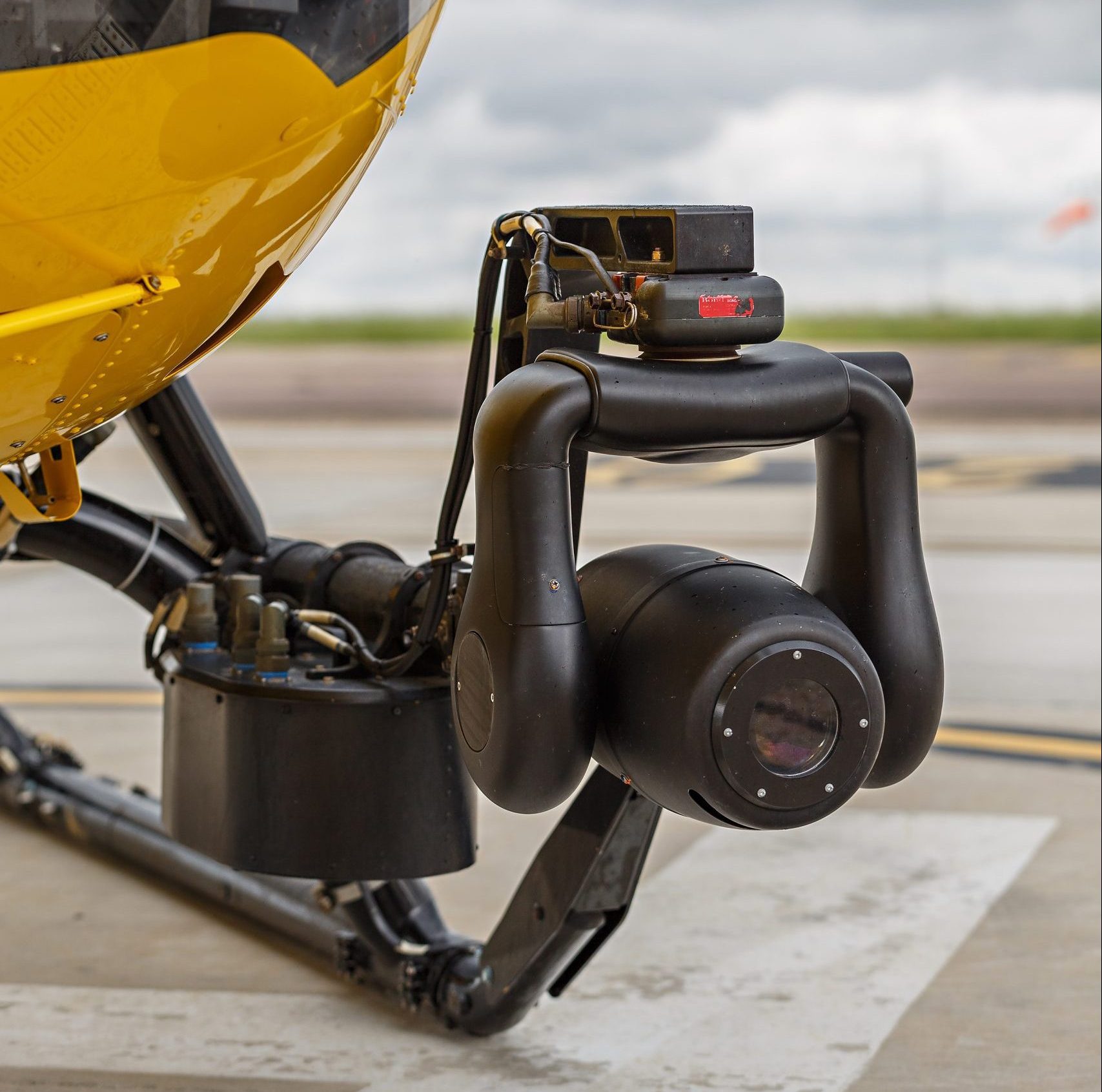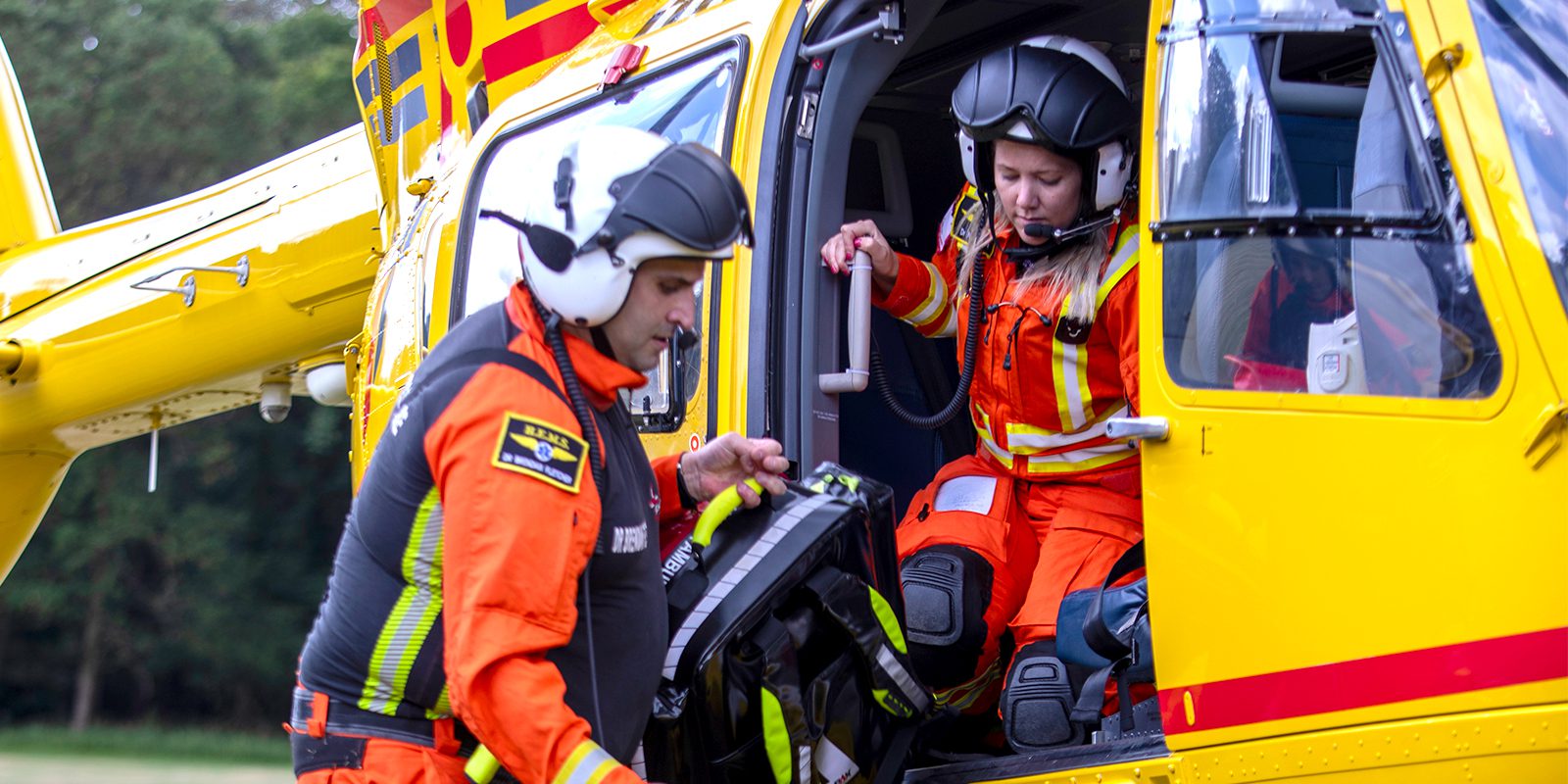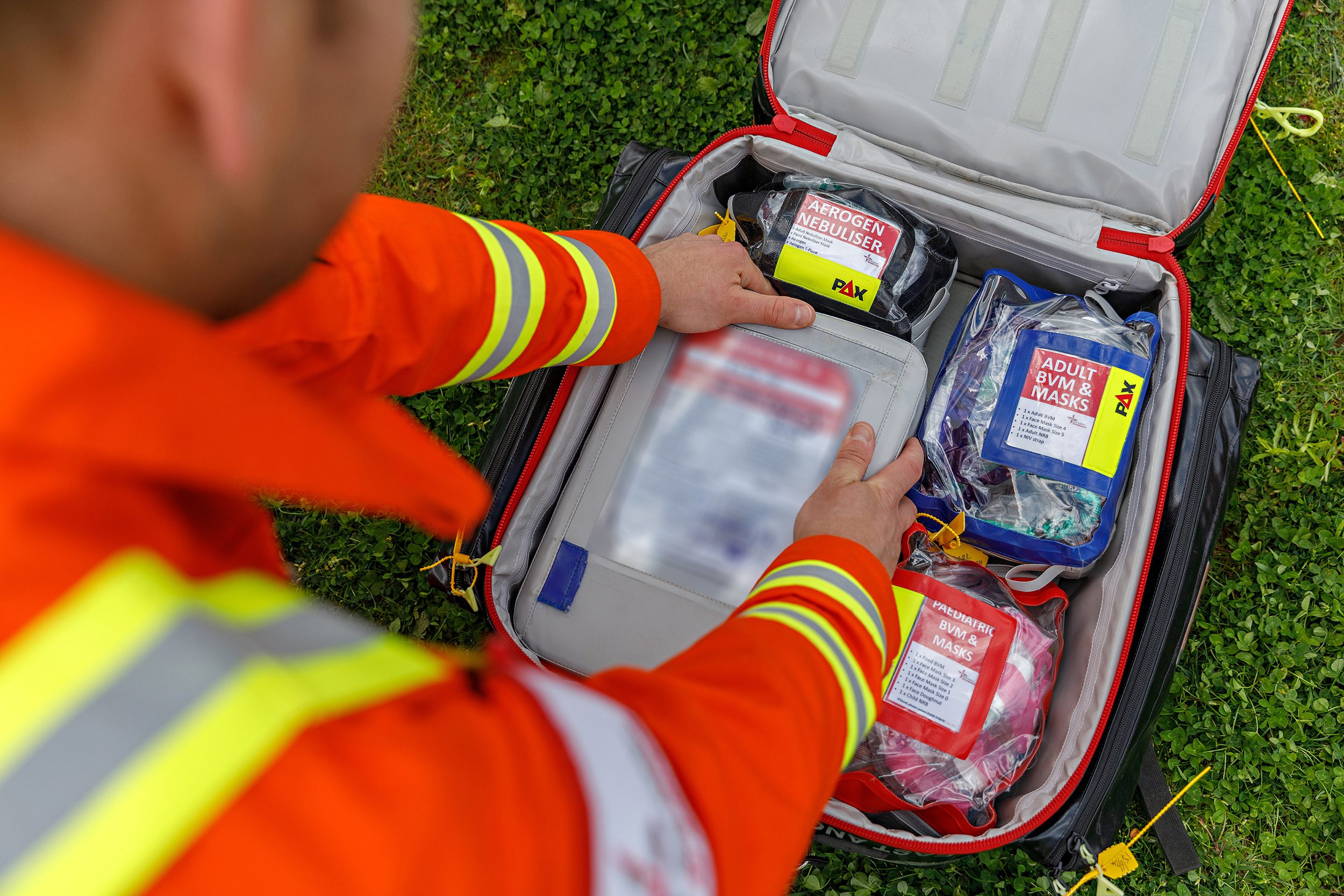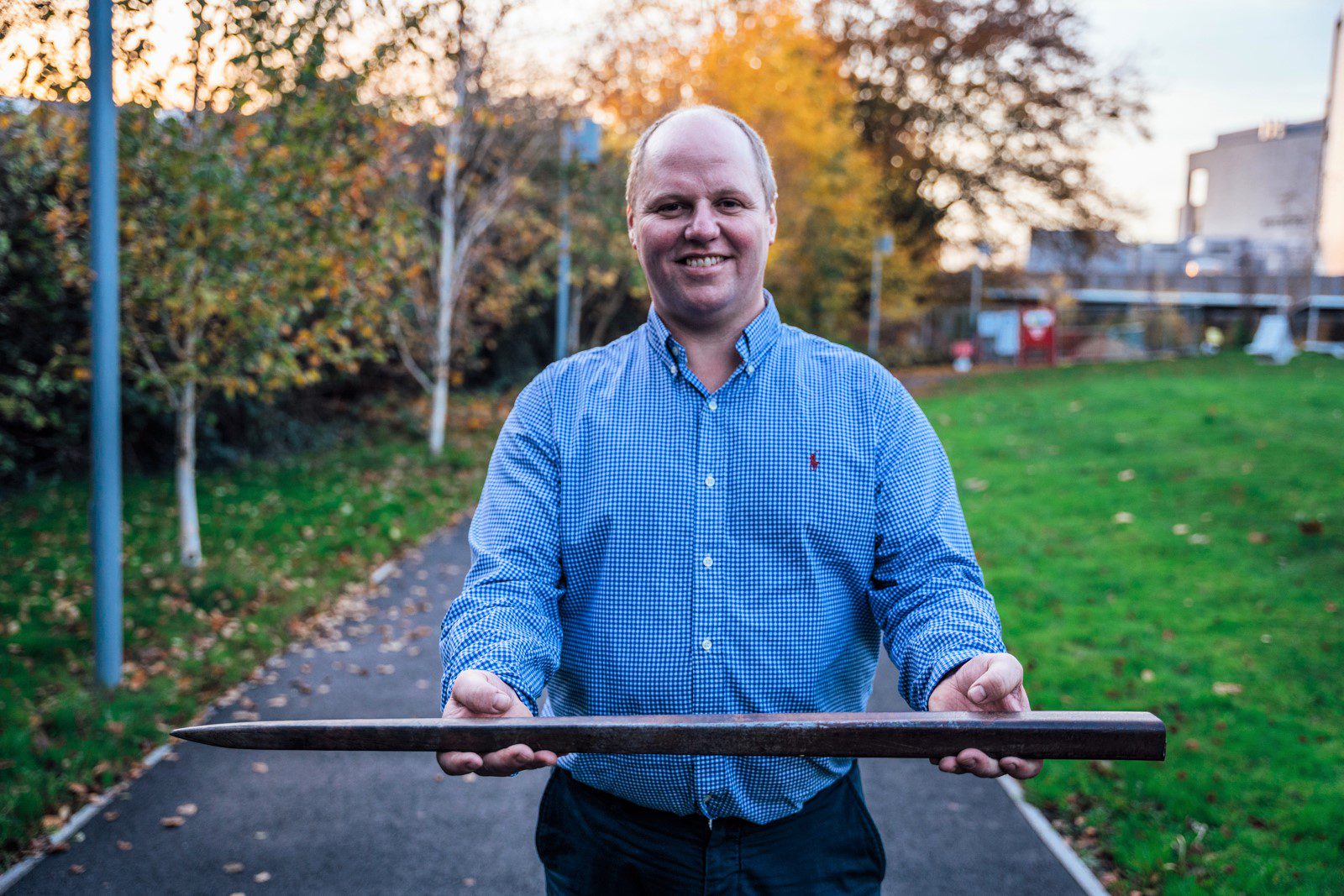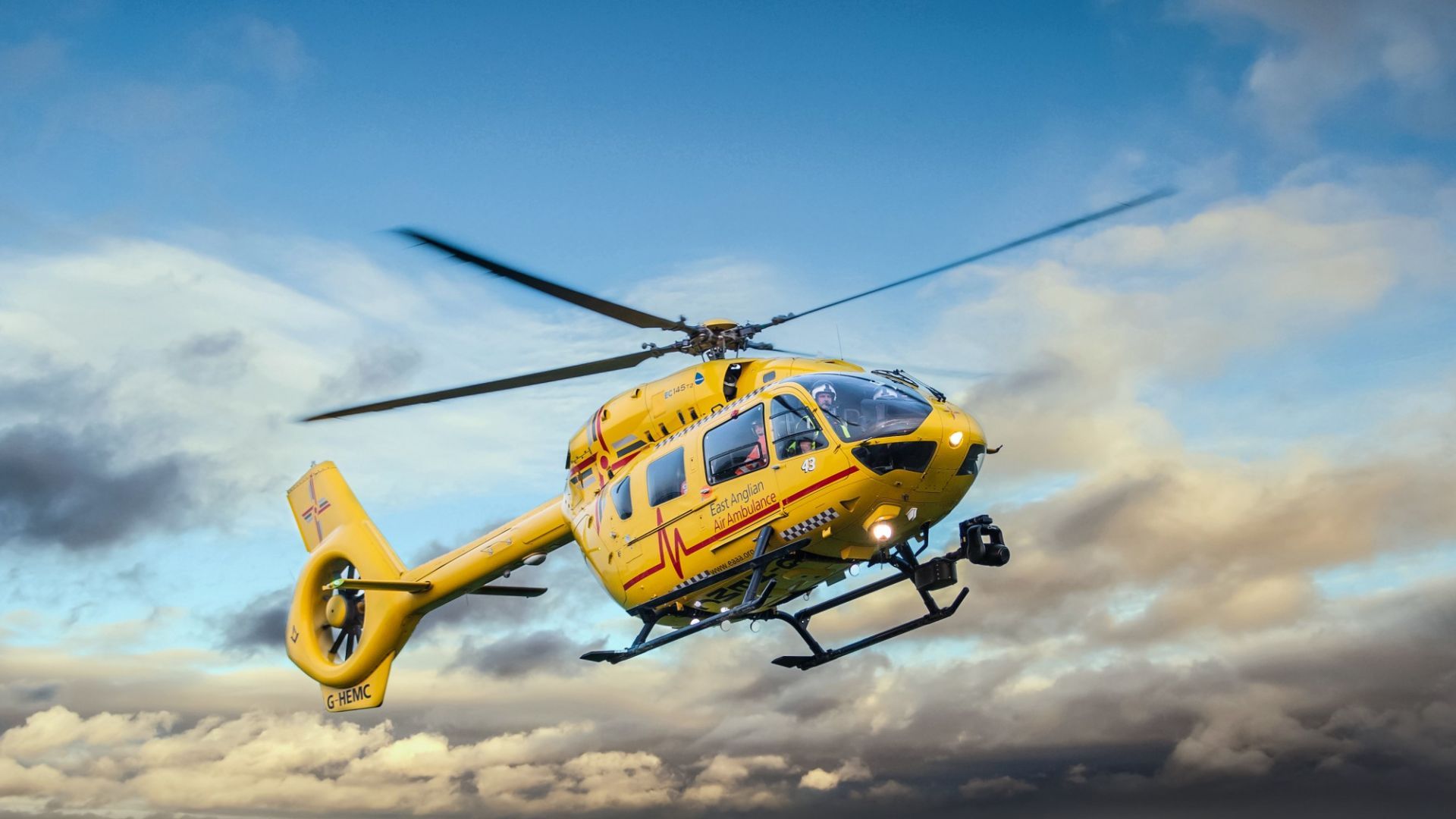Responding to emergencies at night
We have been flying at night since May 2013. EAAA was the first air ambulance in the country to attend Helicopter Emergency Medical Service (HEMS) incidents in the hours of darkness to unknown and unlit sites and began flying 24/7 from Norwich in June 2021.
Operating at night brings additional considerations and processes, so take a dive behind the scenes to understand some of the extra challenges and processes that EAAA crews undertake to ensure they can respond safely to a person experiencing a medical or trauma emergency during the hours of darkness.
EAAA has been flying 24/7 since 2021 and, in the last 12 months, as well as seeing a 6% increase in daytime taskings, we have been significantly busier at night, with a 17% increase in callouts (924 to 1084). That’s an average of almost three taskings each night across East Anglia.
During the day, the crew aim to lift within three to four minutes. At night, it’s best endeavours and is usually within ten to twelve minutes to account for the extra planning and safety considerations that night missions entail.
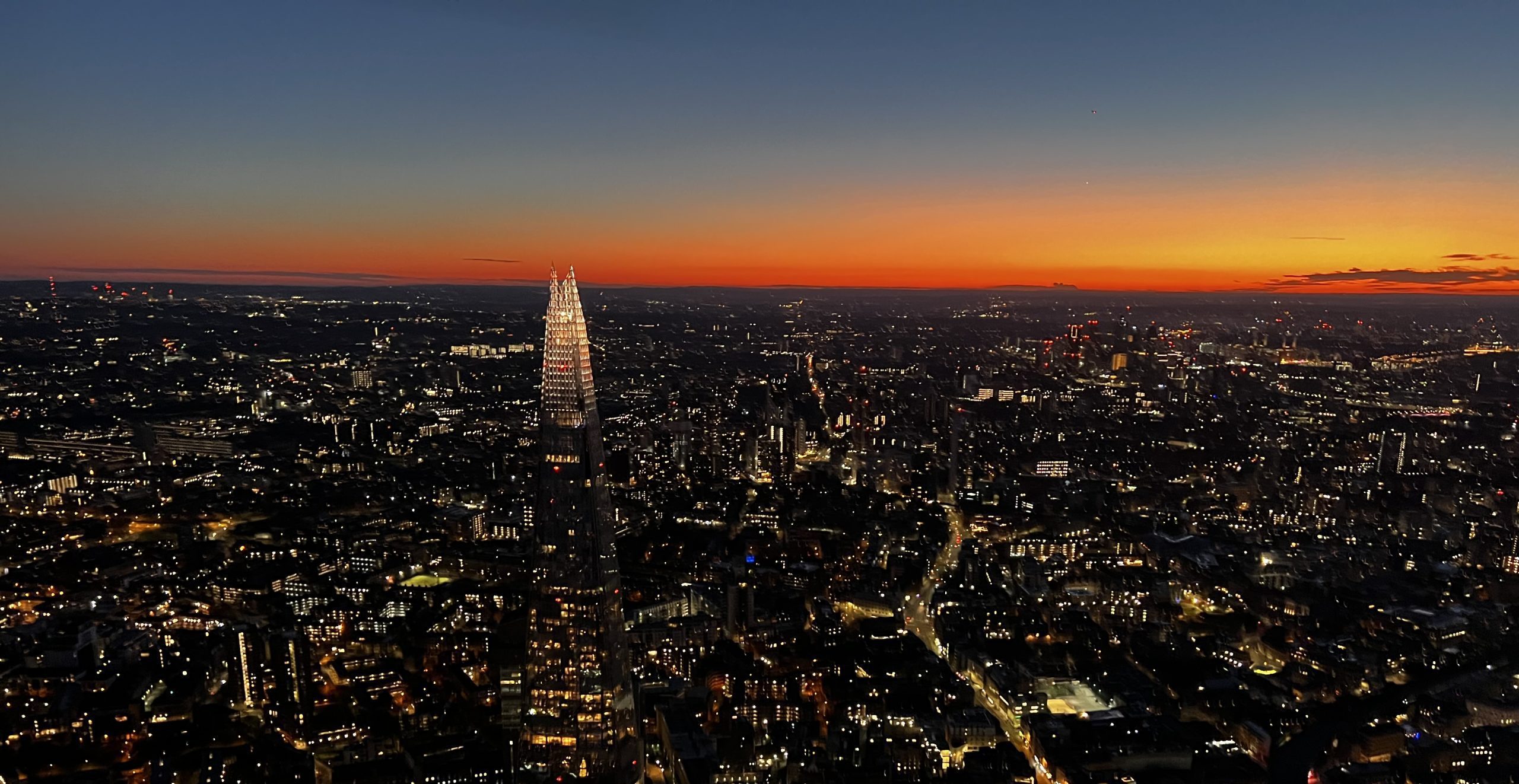
Attending patients in the hours of darkness
Clinicians attend seriously unwell or injured patients in a variety of environments, 24/7. This could be in somebody’s home, on the roads or in the community. If a patient who needs critical care during the hours of darkness is outdoors, lighting can be a challenge, especially if EAAA is first on the scene. Clinicians carry head torches, and other emergency services support EAAA in a variety of ways, including helping to light up the scene.
At night, there is the additional challenge of darkness and seeing the kit, that’s why we have reflective markings on all our bags and tags.
Night Vision (NVIS)
Flying at night presents many more risks than flying in daylight. Last year, our taskings during night shifts (7pm-7am) increased by 17.3%. This means night vision equipment used by crews is vital to identify potential hazards and obstructions to keep crew, patients and bystanders safe.
All pilots with EAAA are trained to use night vision equipment, which enables them to fly to reach patients during the hours of darkness.
Night Vision Goggles (NVG): A binocular appliance that amplifies ambient light and is worn by flight crew. The NVGs enhance the flight crew’s ability to maintain visual reference to the surface at night.
Night Vision Imaging System (NVIS): A system that integrates all elements necessary to successfully and safely operate with NVGs. The system includes NVGs, NVIS compatible lighting and other components, such as the High Intensity Search Lights (HISL).
Night vision goggles amplify the light the crew would normally see, making obstacles much easier to identify. It differs from thermal imaging, which provides infrared images and less definition. When there is limited light, NVGs greatly enhance an image. This increases situational awareness for the crew.
Each pair of night vision goggles costs in the region of £16,000. It’s thanks to your kindness and support that we have these vital pieces of equipment to attend.
Clinicians use hand-held monoculars to support the pilots in identifying obstacles from the side and the rear of the aircraft, effectively giving the pilots “eyes in the back of their heads.” This is especially important during landing and take-off.
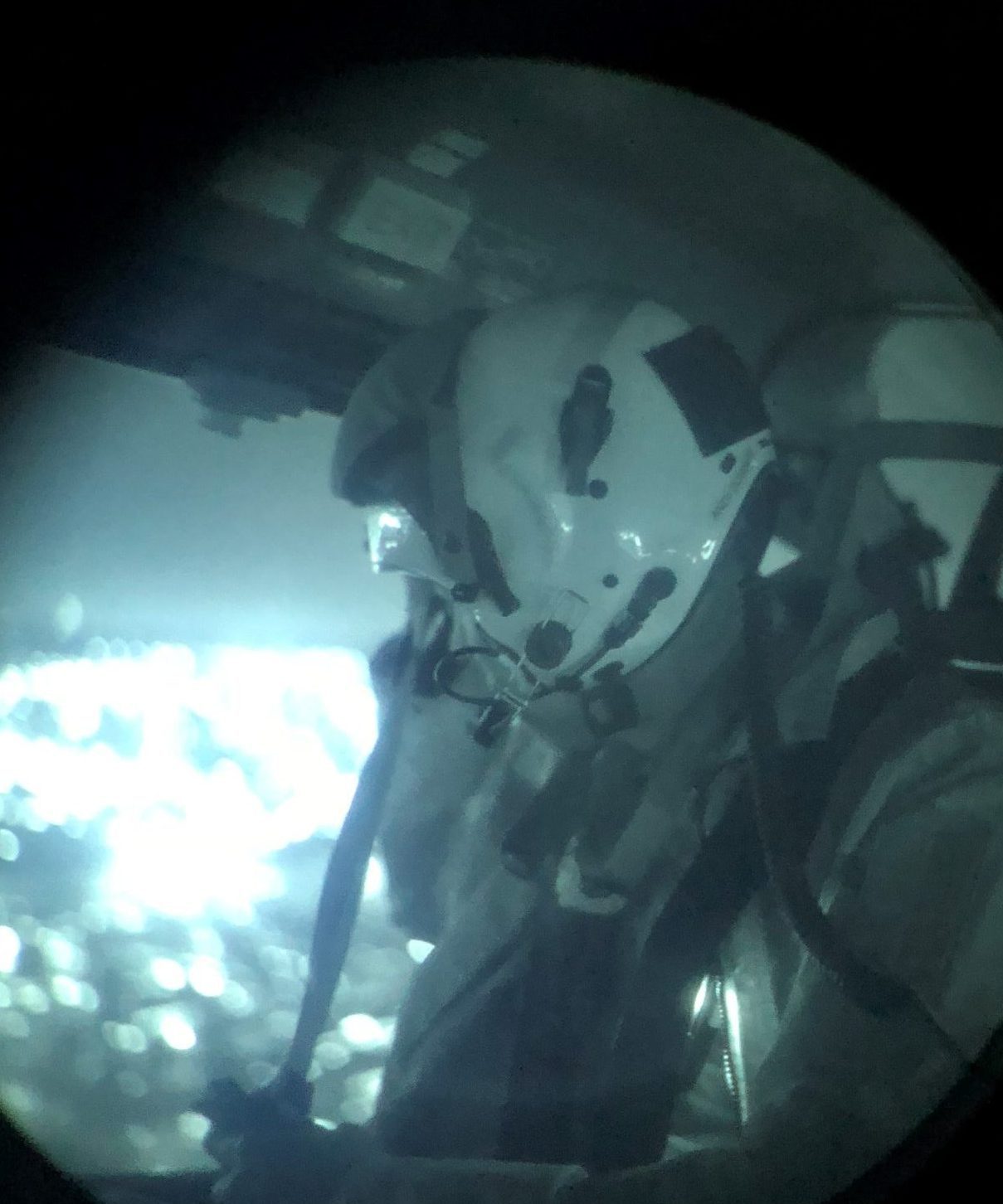
Additional considerations for landing
Planning a safe landing takes longer at night due to extra safety considerations, which is why it takes the crew longer to lift during the hours of darkness as the crew factor in:
- The size of the landing site. This needs to be larger to allow more space between the helicopter and potential hazards, such as trees.
- The distance of the landing site from patient. A larger landing site may mean the crew will land further from the patient than they would during the day. In this case, the crew will communicate this to the CCD, who will arrange transport from the landing location to the scene of the emergency.
The Hoffman Box
The Hoffman Box is a compact, portable system designed to provide users of night vision devices with an accurate means of mechanical alignment and infinity focus. In essence, this electronic device tests night vision aids, such as night vision monocles, which used by EAAA clinicians, and night vision goggles, which are worn by pilots on their flight helmets. The Hoffman Box calibrates and focusses this equipment. The best location to do this is actually in the crew rest pods during the day as there are no windows in this room. Then the equipment is all ready to be used on the next night shift taskings.
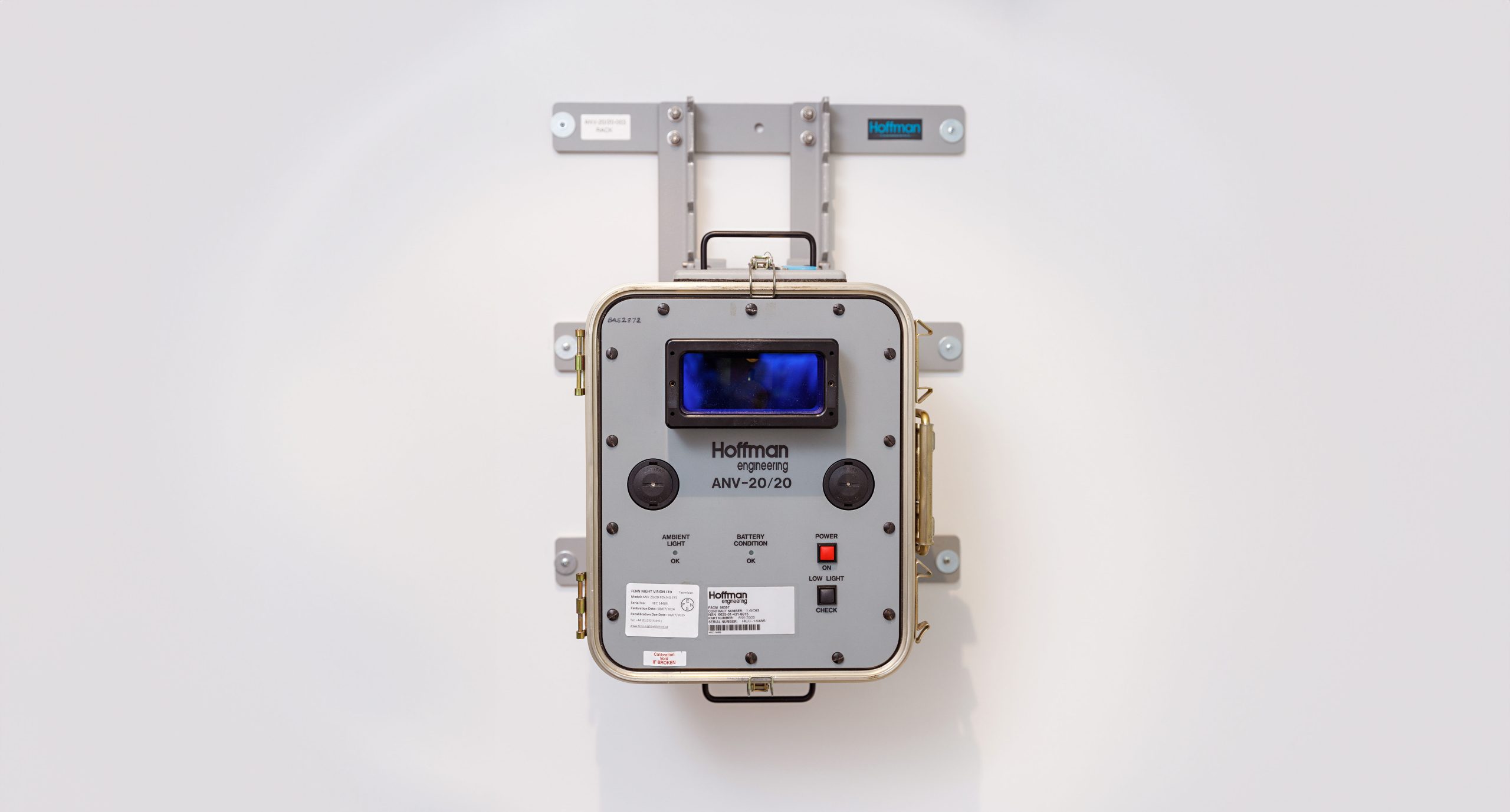
Night Flying Training
Flying at night is not to be taken lightly. Regular night-time training is an essential, as well as a regulatory, requirement for our crews to maintain the skills that night flying, to often difficult incident sites, requires. Regular take offs and landings during the hours of darkness, sometimes overseen by Instructors and Examiners, is mandatory for pilots.
With cloud height and visibility limits increasing at night, it does mean that we need to accommodate our night-time training around Mother Nature. The longer daylight hours during the British Summer Time also mean less hours of darkness for training.
New pilots have to complete three months of daytime HEMS operations before they can begin NVIS training.
This is supplemented by training in a simulator so they can safely practise emergency situations. By spending time in a practice environment, it means reactions in real emergency situations will be more instinctive.
Frequently Asked Questions about operating at night
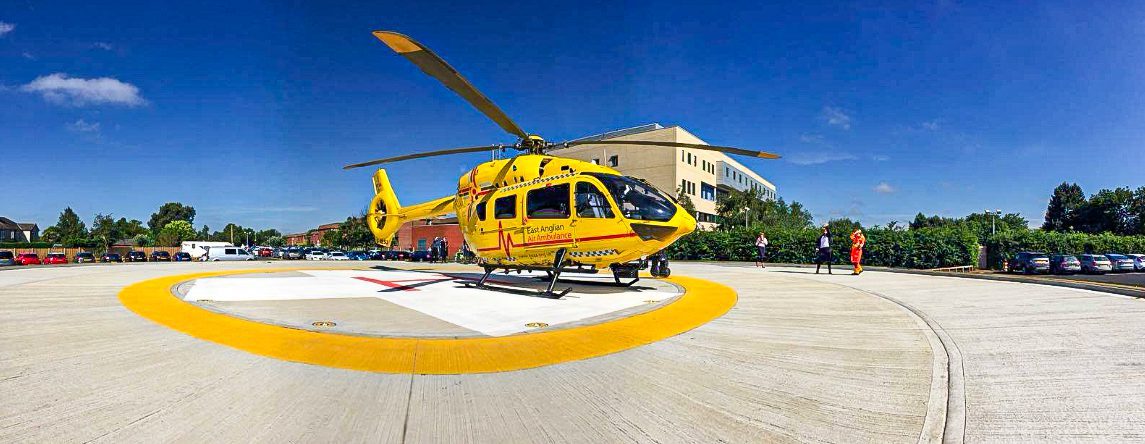
Helipads
Not all hospital helipads are available 24 hours, which may affect which hospital the patient is transferred to, or it may involve further transportation by land ambulance from the helicopter to the hospital upon landing.
We work closely with and have excellent relationships with regional hospitals in terms of helipad developments and infrastructure to ultimately improve outcomes for patients.
High Intensity Search Lights (HISL)
The aircraft are equipped with incredible powerful lights to support EAAA’s 24/7 operations. This includes a tracker search light visible from 1,000ft away, landing lights and four fixed LED lights to illuminate the ground. All are controlled by the pilots.
A high-intensity, 800-watt searchlight especially supports missions at night. The pilot flying will control this from inside the aircraft using the cyclic stick. It will mainly be used for recceing a potential landing site; the pilots will complete a high orbit first and then a lower orbit, at which point, they will use the searchlight to check to hazards and obstacles. The searchlight also has an infra-red filter, which is visible to the crew’s night vision equipment, but not to the naked eye.
The searchlight does come with some limitations. These include not using within 50 metres of people, aircraft or vehicles. This is due to the searchlight’s power and brightness, which could cause damage to sight if used within those parameters.
There are also considerations for the pilots about using the searchlight near dry grass (for example). This could be a fire risk, especially in the dry spells of summer. Recommendations are that the searchlight should not be used within three metres of items on the ground, which may be flammable, however the pilots always turn off the searchlight and safely stow it away prior to landing to mitigate this risk.
